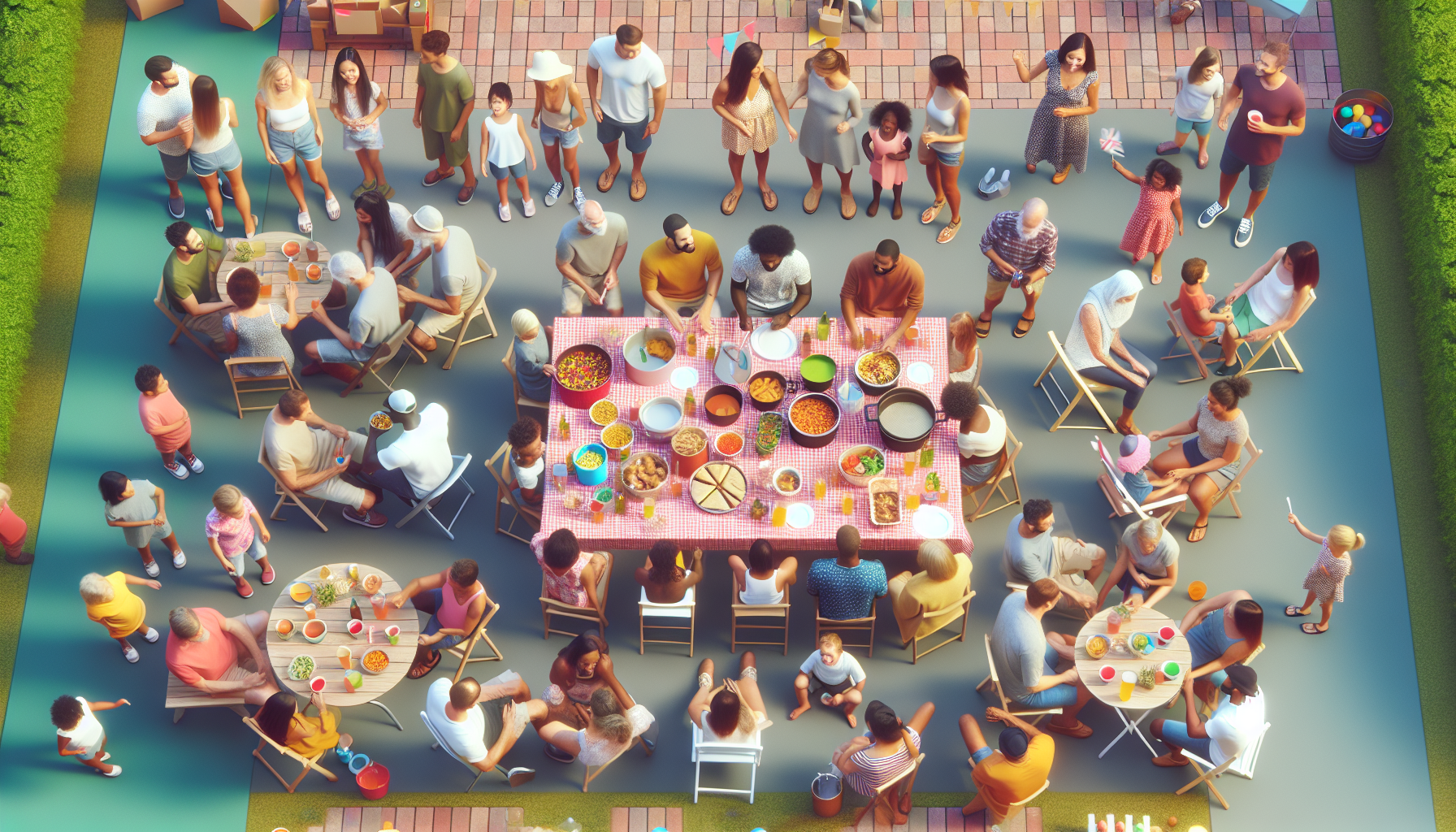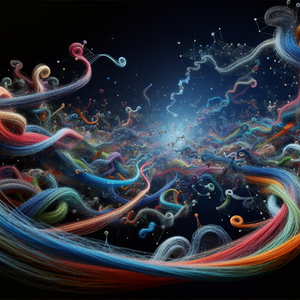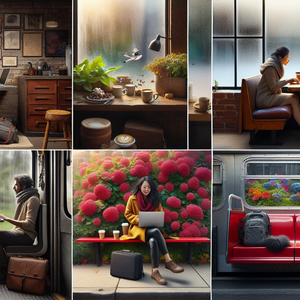The Art of Scare: How Spirit Halloween Designs Its Haunted Experiences

Designing a haunted experience is no small feat; it requires a harmonious blend of creativity, engineering, and a deep understanding of what truly frightens people. The creative team at Spirit Halloween is composed of talented individuals from various backgrounds, including designers, engineers, and artists, each contributing their unique skills to the final product. According to lead designer Sarah Mitchell, the inspiration for their displays often begins with a theme. “Every year, we brainstorm potential themes that resonate with current trends, folklore, or classic horror tales,” she explains. For example, a recent theme centered around classic horror films, allowing the team to incorporate iconic elements while adding a modern twist. This thematic approach not only helps in attracting a diverse audience but also aids in creating a cohesive narrative throughout the store.
Innovative Technology in Haunted Experiences
One of the most exciting aspects of Spirit Halloween’s haunted displays is the incorporation of cutting-edge technology. The use of animatronics has evolved dramatically over the years, transforming simple static decorations into lifelike figures that move, speak, and even interact with visitors. For instance, one of their most popular displays features a life-sized animatronic witch that not only cackles but also lifts her broomstick to create an eerie atmosphere. The engineering team works closely with designers to ensure that each animatronic functions flawlessly. “We spend countless hours troubleshooting and perfecting movements to ensure that they are as realistic as possible,” shares mechanical engineer Tom Nguyen. This attention to detail is what sets Spirit Halloween apart, making their displays not just decorations, but immersive experiences. The combination of sound effects, lighting, and movement creates an ambiance that can send shivers down the spine, ensuring that visitors leave with memories that last long after Halloween is over.
Cultural Influences and Trends
Spirit Halloween’s haunted experiences also reflect broader cultural influences and trends. The team closely monitors popular films, TV shows, and social media to stay ahead of the curve. As horror trends evolve, so do the themes and designs of their displays. For example, the rise of supernatural and paranormal themes in media has led to an increase in ghostly figures and haunting displays in Spirit Halloween stores. The incorporation of diverse cultural elements is another way Spirit Halloween enriches its offerings. By including costumes and decorations that reflect various traditions and folklore, they create a more inclusive experience for all customers. “Our goal is to celebrate Halloween in all its forms, drawing inspiration from different cultures while respecting their significance,” says cultural consultant Maria Lopez. This commitment to diversity not only enhances the shopping experience but also promotes understanding and appreciation of different cultural narratives.
Community Engagement and Feedback
Spirit Halloween also values community engagement, frequently seeking feedback from customers to refine their haunted experiences. Through surveys and social media interactions, they gather insights into what frightens and excites their audience. This direct feedback loop allows the design team to adapt and innovate, ensuring that each year’s offerings are fresh and thrilling. Additionally, Spirit Halloween has been known to collaborate with local artists and designers, giving them a platform to showcase their work. This not only fosters creativity within the community but also adds unique touches to the displays that resonate with local customers. For example, a limited-edition display designed by a local artist can create a buzz, drawing in crowds eager to see something unique to their area.
The artistry behind Spirit Halloween's haunted experiences is a remarkable blend of creativity, technology, and community engagement. From the initial brainstorming sessions to the final touches on animatronics, every step in the design process is meticulously crafted to create an unforgettable Halloween experience. As the popularity of Halloween continues to grow, Spirit Halloween remains at the forefront, continually pushing the boundaries of what a haunted display can be. So the next time you visit a Spirit Halloween store, take a moment to appreciate the artistry and innovation that transform the ordinary into the extraordinary—and perhaps even let out a scream or two in delight! Whether you’re a devoted Halloween enthusiast or just looking for some seasonal fun, Spirit Halloween’s displays promise an enchanting journey into the world of fear and fascination.
Thematic Experience Designer
Spirit Halloween, theme parks, experiential marketing agencies
Core Responsibilities
Develop immersive themes for seasonal displays, combining narrative elements with visual design.
Collaborate with cross-functional teams (marketing, engineering, and production) to ensure cohesive storytelling in displays.
Conduct research on current trends and cultural influences to inform design choices.
Required Skills
Strong background in visual arts or design, with proficiency in design software (e.g., Adobe Creative Suite).
Excellent communication and teamwork skills to interface with multiple departments.
Ability to conceptualize engaging experiences that resonate with a diverse audience.
Animatronics Engineer
Entertainment companies, haunted attraction designers, robotics firms
Core Responsibilities
Design and prototype animatronic figures, focusing on mechanical movements and lifelike interactions.
Collaborate with designers to integrate animatronics seamlessly into thematic displays.
Troubleshoot and maintain animatronic systems to ensure they operate efficiently during peak seasons.
Required Skills
Expertise in robotics, mechanical engineering, or a related field, with hands-on experience in animatronics.
Familiarity with programming languages and control systems for animatronic operation.
Strong problem-solving skills and a detail-oriented mindset to refine movements and interactions.
Cultural Consultant for Seasonal Retail
Retail companies, cultural organizations, educational institutions
Core Responsibilities
Research and provide insights on cultural and folkloric themes to enhance product offerings and displays.
Ensure that all designs and costumes respect and accurately represent diverse cultural narratives.
Collaborate with design teams to integrate cultural elements into marketing strategies and product lines.
Required Skills
Background in anthropology, cultural studies, or a related field with a focus on diverse traditions.
Strong communication skills to articulate cultural nuances and sensitivities to design teams.
Ability to engage with different communities and gather feedback for inclusive design practices.
Sound Designer for Themed Experiences
Haunted attraction companies, theme parks, audio production studios
Core Responsibilities
Create and implement soundscapes that enhance the atmosphere of haunted displays and experiences.
Work with animatronics and visual designers to synchronize audio with visual effects for maximum impact.
Manage sound equipment and software to ensure high-quality audio during events and installations.
Required Skills
Proficiency in sound design software (e.g., Pro Tools, Logic Pro) and audio engineering techniques.
Creative thinking to develop unique sound elements that evoke specific emotions or reactions.
Strong attention to detail and ability to work under tight deadlines, especially during peak seasonal periods.
Customer Experience Analyst
Retail chains, market research firms, customer experience consultancies
Core Responsibilities
Analyze customer feedback and engagement data to improve the design of retail experiences and displays.
Conduct surveys and focus groups to gather insights on customer preferences and reactions to themes.
Collaborate with marketing and design teams to translate customer insights into actionable improvements.
Required Skills
Strong analytical skills with experience in data analysis tools (e.g., Excel, Google Analytics).
Excellent communication skills to convey findings to diverse teams.
Understanding of retail dynamics, especially in seasonal contexts, to inform design strategies.


